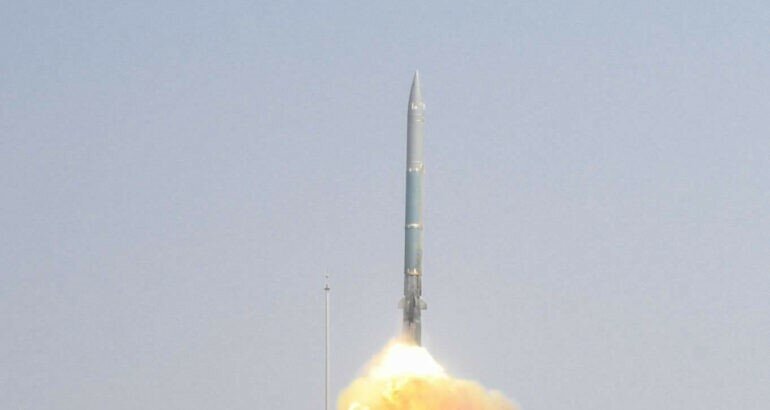A few days ago I stumbled across this ASROC training video from Periscope Films and I was surprised when I checked the board that no specific thread for the ASROC has been posted so hear goes:
Now for some stats from the RUR-5 ASROC wikipedia page:

Detonation of W44 warhead launched by an ASROC in the 1962 Dominic Swordfish shot.

A dummy ASROC
The ASROC carried several different payloads - W44 equipped nuclear depth-charge, Mk-44 12.75" electric-torpedo or Mk-46 12.75" OTTO II mono fuel fuelled torpedo.
This weapon was further developed into the RUM-139 VL-ASROC missile.
Edited to add information from the RUM-139 wikipedia page.
Now for some stats from the RUR-5 ASROC wikipedia page:
The RUR-5 ASROC (for "Anti-Submarine Rocket") is an all-weather, all sea-conditions anti-submarine missile system. Developed by the United States Navy in the 1950s, it was deployed in the 1960s, updated in the 1990s, and eventually installed on over 200 USN surface ships, specifically cruisers, destroyers, and frigates. The ASROC has been deployed on scores of warships of many other navies, including Canada, Germany, Italy, Japan, the Republic of China, Greece, Pakistan and others.[4]
Specifications Mass 1,073 pounds (487 kg)[2] Length 14.75 ft (4.50 m)[2] Diameter 16.6 inches (420 mm) Wingspan 26+7⁄8 inches (680 mm) Warhead Mark 46 torpedo, 96.8 pounds (43.9 kg)[2] of PBXN-103 high explosive; 10 kt (42 TJ) W44 nuclear warhead (retired) Detonation
mechanismPayload specific

Detonation of W44 warhead launched by an ASROC in the 1962 Dominic Swordfish shot.

A dummy ASROC
The ASROC carried several different payloads - W44 equipped nuclear depth-charge, Mk-44 12.75" electric-torpedo or Mk-46 12.75" OTTO II mono fuel fuelled torpedo.
This weapon was further developed into the RUM-139 VL-ASROC missile.
Edited to add information from the RUM-139 wikipedia page.
The RUM-139 Vertical Launch Anti-Submarine Rocket (VL-ASROC or VLA) is an anti-submarine missile in the ASROC family, currently built by Lockheed Martin for the U.S. Navy.[1]

RUM-139 midflightType Anti-submarine missile Place of origin United States In service 1993 – present Used by United States Navy, Japan Maritime Self-Defense Force and others Designer Goodyear Aerospace Designed 1983 – 1993 Manufacturer Lockheed Martin Produced 1993 – present Mass 1,409 lb (639 kg) Length 16 ft 1 in (4.89 m) Diameter 1 ft 2 in (358 mm) Wingspan 2 ft 3.4 in (696 mm) Warhead RUM-139A: Mark 46 Mod 5 torpedo
RUM-139B: Mark 46 Mod 5A(SW) torpedo
RUM-139C: Mark 54 torpedo[1]Engine Two-stage solid-fuel rocket Operational
range12 nmi (22 km)[2] Maximum speed Mach 1 (309 m/s; 1013 ft/s) Guidance
systemInertial guidance and Mk 210 Mod 0 Digital Autopilot Control subsystem Launch
platformMk 41 VLS References Janes[3]
Last edited:





